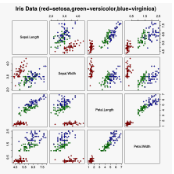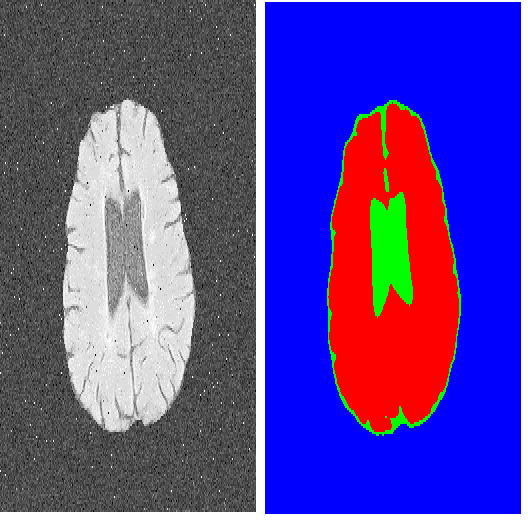This paper proposes the first known to us iris recognition methodology designed specifically for post-mortem samples. We propose to use deep learning-based iris segmentation models to extract highly irregular iris texture areas in post-mortem iris images. We show how to use segmentation masks predicted by neural networks in conventional, Gabor-based iris recognition method, which employs circular approximations of the pupillary and limbic iris boundaries. As a whole, this method allows for a significant improvement in post-mortem iris recognition accuracy over the methods designed only for ante-mortem irises, including the academic OSIRIS and commercial IriCore implementations. The proposed method reaches the EER less than 1% for samples collected up to 10 hours after death, when compared to 16.89% and 5.37% of EER observed for OSIRIS and IriCore, respectively. For samples collected up to 369 hours post-mortem, the proposed method achieves the EER 21.45%, while 33.59% and 25.38% are observed for OSIRIS and IriCore, respectively. Additionally, the method is tested on a database of iris images collected from ophthalmology clinic patients, for which it also offers an advantage over the two remaining methods. This work is the first step towards post-mortem-specific iris recognition, which increases the chances of identification of deceased subjects in forensic investigations. The new database of post-mortem iris images acquired from 42 subjects, as well as the deep learning-based segmentation models are made available along with the paper, to ensure all the results presented in this manuscript are reproducible.
翻译:本文提出了我们所知道的第一个专门为验尸后样品设计的验尸法识别方法。 我们提议使用基于深层次学习的虹膜分解模型,在验尸后图像中提取高度不正常的虹膜纹理区域。 我们展示了如何使用由神经网络在常规的、基于加博的虹膜识别方法中预测的分解面罩,该方法使用的是学生和肢皮的验尸界限的循环近似值。 总的来说,该方法允许大大改进仅为验尸前出血设计的方法的验尸后识别准确度,包括学术性OSIRIS和商用IriCore执行系统。 提议的方法在死亡后10小时采集的样品中达到不到1%的EER值,而OSIRIS和IriCore的识别方法分别是16.89%和5.37%。 对于验尸后369小时采集的样品,建议的方法达到了EER 21.45%, 而OSIRIS和IriCore分别观测到33.59%和25.38%的验尸检方法。 此外, 所拟议的方法在死因调查后两期的尸检结果中, 也通过数据库中测测测结果, 也显示了这一具体的尸方法。



























